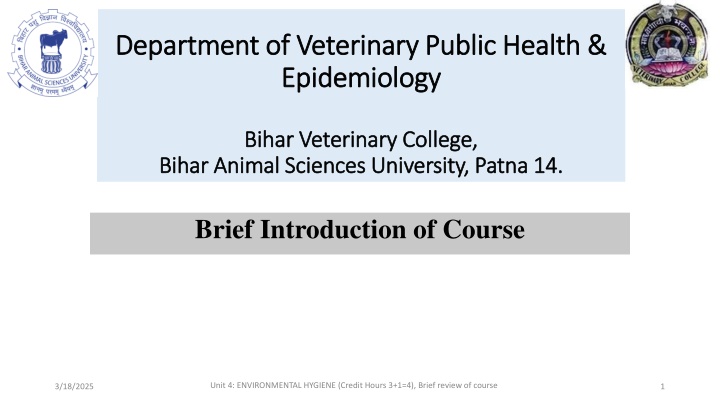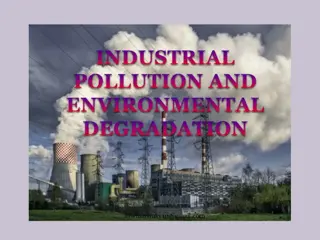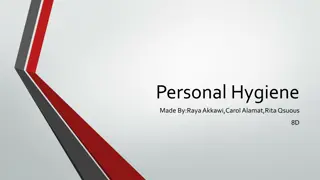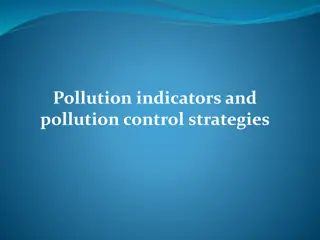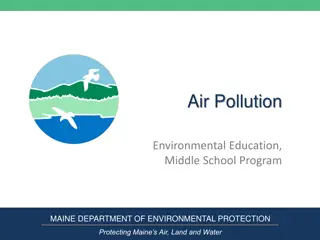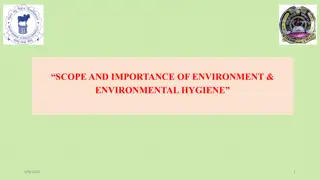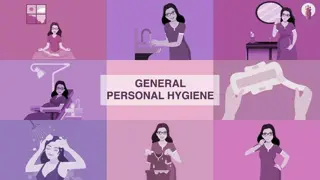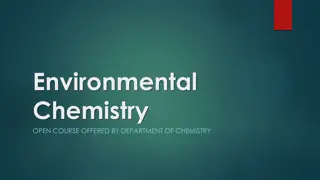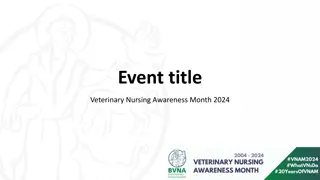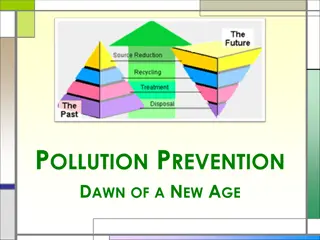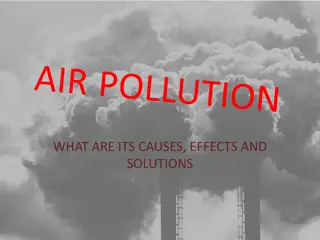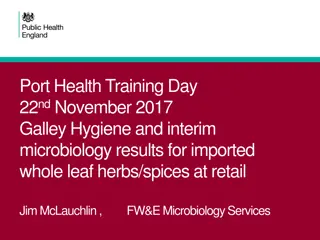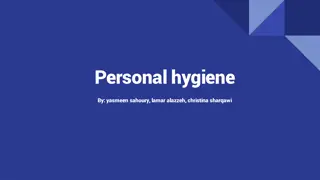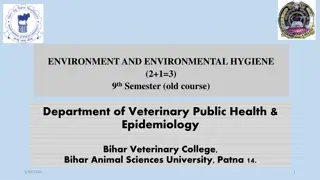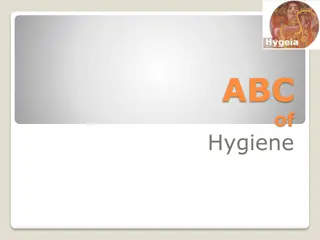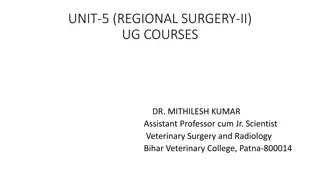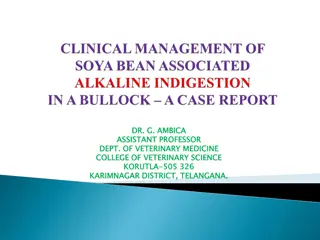Environmental Hygiene and Pollution Management in Veterinary Practice
This course unit at Bihar Veterinary College covers topics such as ecosystem components, biodiversity conservation, environmental pollution sources and effects on animal and human health, waste management, and disaster mitigation. It addresses rural and urban pollution, air and water contamination, noise and nuclear hazards, biosafety measures, and greenhouse gas impact. Students learn about sanitation, disinfection, waste handling, and vector control in veterinary settings, aiming to promote environmental health and sustainability.
Download Presentation

Please find below an Image/Link to download the presentation.
The content on the website is provided AS IS for your information and personal use only. It may not be sold, licensed, or shared on other websites without obtaining consent from the author.If you encounter any issues during the download, it is possible that the publisher has removed the file from their server.
You are allowed to download the files provided on this website for personal or commercial use, subject to the condition that they are used lawfully. All files are the property of their respective owners.
The content on the website is provided AS IS for your information and personal use only. It may not be sold, licensed, or shared on other websites without obtaining consent from the author.
E N D
Presentation Transcript
Department of Veterinary Public Health & Department of Veterinary Public Health & Epidemiology Epidemiology Bihar Veterinary College, Bihar Veterinary College, Bihar Animal Sciences University, Patna 14. Bihar Animal Sciences University, Patna 14. Brief Introduction of Course Unit 4: ENVIRONMENTAL HYGIENE (Credit Hours 3+1=4), Brief review of course 3/18/2025 1
Course Instructors Sl. No. Name & Designation Mobile No Email ID 1 Dr. Purushottam Kaushik Assistant Professor & Head 9431260790 drkaushikvet@gmail.com 2 Dr. Anjay 9472929164 dranjayvet@gmail.com Assistant Professor 3 Dr. Bhoomika sirsant.mannat.09@gmail.c om 3/18/2025 Unit 4: ENVIRONMENTAL HYGIENE (Credit Hours 3+1=4), Brief review of course 2
Scope and importance. Ecosystem: Components structure and functions. Biodiversity: uses, threats and conservation. Natural resources: types, uses and abuses. Environmental biomagnification and persistent organic pollutants. Environmental pollution: Sources, nature of pollutants, effects on animal and human health. contaminants in food chain-bioaccumulation, Unit 4: ENVIRONMENTAL HYGIENE (Credit Hours 3+1=4), Brief review of course 3/18/2025 3
Rural and urban pollution. Air pollution, sources and hazard. Air pollution in animal houses, effect on health and productivity. Airborne diseases Classification, health hazard, prevention and control. Water-Sources, contamination & their prevention. Water qualities- Physical, chemical, bacteriological and radiological. Water purification methods for community water supplies. Waterborne diseases Classification, health hazard, prevention and control. 3/18/2025 4 Unit 4: ENVIRONMENTAL HYGIENE (Credit Hours 3+1=4), Brief review of course
Soil, marine and thermal pollution- Classification, sources, hazard, prevention and control. Noise pollution Sources, hazards, prevention and control. Nuclear hazards or radiological hazard-Types, hazards and radiation protection. National rules and legislations related to environmental pollution and role of pollution control board in India. Biosafety: Importance, classification and biosafety measures for prevention of risk hazards. Disaster management and mitigation. 3/18/2025 5 Unit 4: ENVIRONMENTAL HYGIENE (Credit Hours 3+1=4), Brief review of course
Solid and liquid waste management at farms and biomedical waste management. Sanitation and disinfection of farm and hospital environment in veterinary public practice for infection control. Global warming and greenhouse effect- Definition, greenhouse gases, impact of climate change and international treaties or protocols. Management of waste from animal industries. Stray and fallen animal management and carcass disposal. Vector and reservoir control. 3/18/2025 Unit 4: ENVIRONMENTAL HYGIENE (Credit Hours 3+1=4), Brief review of course 6
Reference books/sources 1. Text book of Elements of Veterinary Public Health By A.T. Sherikar, V.N. Bachhil and D.C. Thapliyal, ICAR, New Delhi 2. Park s Textbook of Preventive and Social Medicine, 24th Edition By: K. Park, Banarsidas Bhanot Publishers. 3/18/2025 7 Unit 4: ENVIRONMENTAL HYGIENE (Credit Hours 3+1=4), Brief review of course
